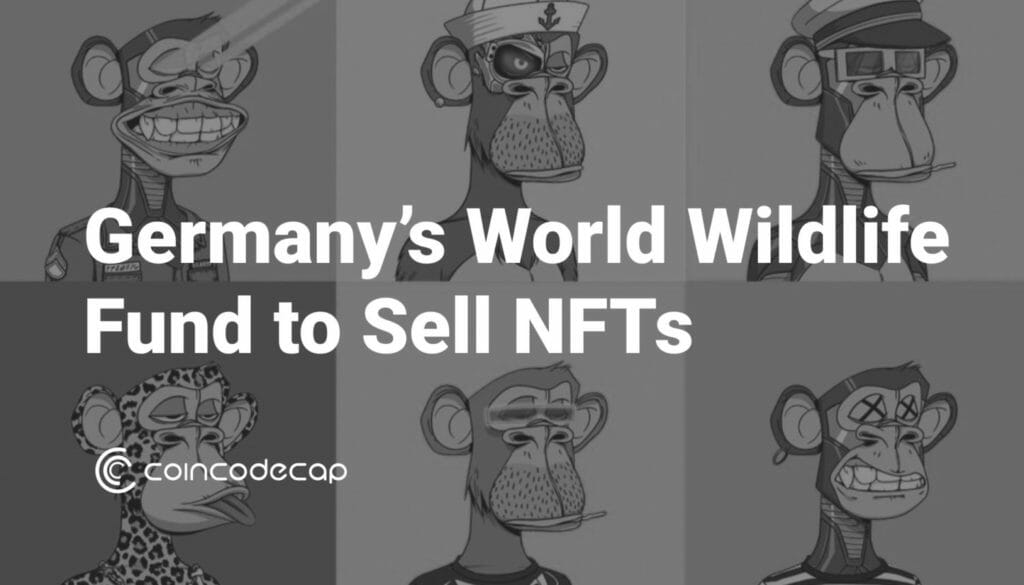Key Takeaways:
- World Wildlife Fund of Germany to Sell NFTs! Yes, you read it right. On the 21st of October, the German World Wildlife Fund (WWF) announced that an NFT collection will be held.
- There will be 290 NFTs in total to represent 290 ibises left in the world.

The World Wildlife Fund of Germany announced on 21st October that an NFT collection would be released to raise funds for the protection of endangered species and their habitats.
Bosslogic, Freehand Profit, Eric Peters, Vinzent Britz, Lea Fricke, Romulo Kuranyi, Andres Ribon, Rocket&Wink, Etienne Kiefer, and Anna Rupprecht are among the NFT artists engaged to produce art for the collection, which will highlight endangered animals and is titled “Non-fungible Animals.”
The total number of NFTs produced by each artist will be proportional to the existing population of endangered species. To symbolise the 290 gigantic ibises left in the world, there will be 290 NFTs.
World Wildlife Fund of Germany to Sell NFTs on Polygon Network
The NFTs will be released by WWF Germany in collaboration with the Polygon Network. Further, Polygon is an Ethereum-compatible blockchain network building and linking protocol and framework. Bringing together sustainable Ethereum solutions to support a multi-chain Ethereum ecosystem.
On November 2, sales for the WWF collection will begin on Polygon, and USDC will be required to acquire an NFT. Publicis Groupe, Meet Pablo, Max Penk, MoonPay, Polygon, Unifty, and Moonwolf are among the WWF’s NFT launch partners.
While some critics of non-fungible tokens (NFTs) point to their apparent carbon impact, there have been some unusual partnerships to contribute to the sustainability and Conservancy initiatives.
Carbonbase, a Hong Kong-based green-tech start-up that uses new technologies to help individuals and businesses cut emissions, has joined with the World Wildlife Fund’s Panda Labs branch to establish Project Ark, a marketplace for rare digital collectables. It was launched in April with the goal of “saving animals and protecting biodiversity by collecting items worth keeping.” The objective is to link artists and customers in order to assist international NGOs and local communities.
@NotFromTheZool (NFTZ) is another such algorithm that combines various features (or properties’) like background colour, eye type, or a variety of mouths to generate a vast range of visual outputs using generative NFT collectables, which are a wild tribe of 8,888 distinct editions issued on the Ethereum network. The collection’s vibrant figures, their individuality, and capacity to communicate emotions beyond the collection’s animated nature. Thousands of animals are confined in captivity, isolated from their natural habitat and compelled to perform. The goal of NFTZ is to raise awareness of animals as living beings that deserve respect and protection.
Also, read









